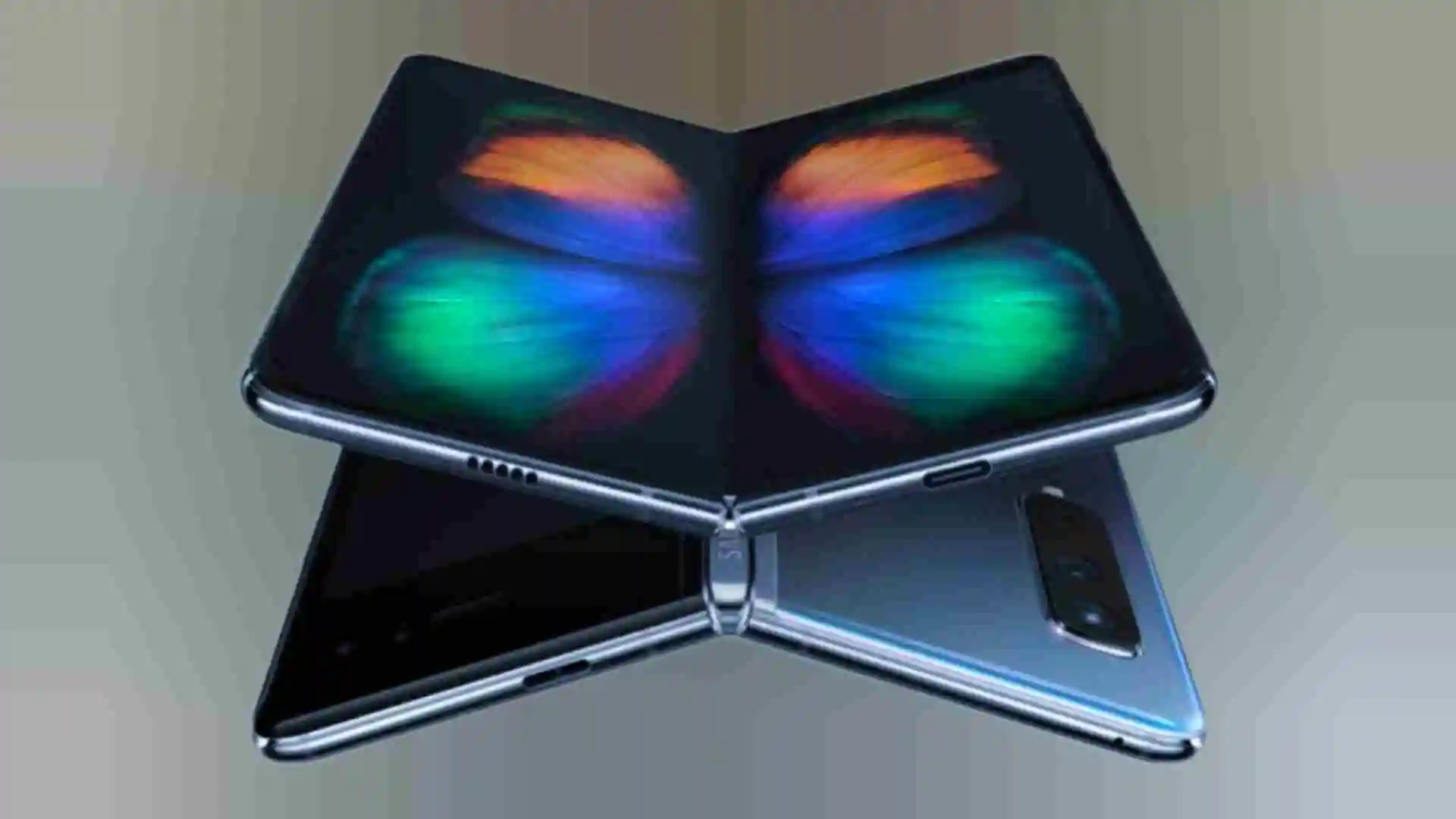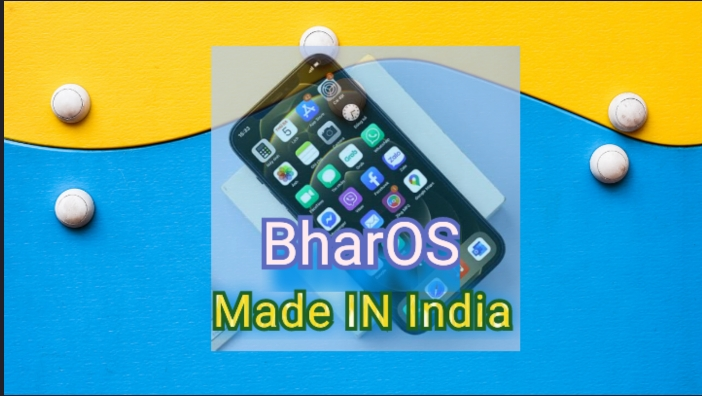What are Folding Phones?
Folding phones have taken the smartphone market by storm over the last couple of years, with major manufacturers like Samsung, Motorola, and Huawei all producing their own versions.
These phones have captured the public imagination with their innovative designs and flexibility, but there are still questions about their practicality and durability.

Folding Phones: A Brief History.
The concept of a folding phone comes to the early days of mobile phones. In fact, the first folding phone was introduced in 1996 by a company called IBM. The phone, called the IBM Simon, featured a touchscreen and a foldable design that allowed it to fit in a pocket. However it was not available commercially.

The first commercially available folding phone was Kyocera Echo, released by Sprint in the United States, featured dual screens that could be used together or separately.

In 2013, Samsung released a prototype for a folding phone called the Youm, which featured a flexible OLED display. This prototype paved the way for Samsung’s first folding phone, the Galaxy Fold, which was released in 2019. The Galaxy Fold features a 7.3-inch foldable display and a secondary 4.6-inch cover display.

Other manufacturers followed suit, with Huawei releasing the Mate X in 2019, which features a foldable OLED display that wraps around the outside of the device. Motorola also released a new version of its iconic Razr phone in 2019, featuring a foldable display.
While folding phones are still relatively new, they represent an exciting development in mobile technology and could potentially change the way we interact with our devices.
Key Elements Of Folding Phones
- Foldable Display: The most prominent feature of folding phones is their foldable display. The display is made up of flexible material, such as OLED or AMOLED, that can bend without breaking.
- Hinge Mechanism: The hinge mechanism is what allows the phone to fold and unfold. It is designed to be durable and flexible enough to withstand repeated folding and unfolding.
- Multi-Screen Functionality: Many folding phones have the ability to run multiple apps simultaneously, either side-by-side or with one app on each screen.
- Improved Multitasking: The larger screen on a folding phone makes it easier to multitask, with the ability to have multiple windows or apps open at the same time.
- High-End Specs: Folding phones are typically high-end devices, with powerful processors, large amounts of RAM, and plenty of storage.
- Operating System: Folding phones typically run on either Android or iOS, with manufacturers customizing the software to take advantage of the foldable display and other features.
Advantages
One of the most significant advantages of folding phones is their ability to offer a larger display than traditional smartphones.
When folded, they are compact and easy to carry, but when unfolded, they can provide a screen size similar to that of a tablet. This makes them ideal for watching videos, playing games, and multitasking on the go.
Another benefit of folding phones is their versatility. They can be used in a variety of different configurations, including folded like a traditional smartphone, partially open like a laptop, or fully unfolded like a tablet.
This allows users to adapt the device to their needs, making it a more personalized and convenient experience.
Drawbacks
There are also some drawbacks to folding phones. One of the main concerns is their durability, with reports of folding screens breaking or malfunctioning after extended use.
This can be attributed to the complex engineering required to make a screen that can fold repeatedly without losing its functionality. As a result, folding phones may not be suitable for users who need a device that can withstand heavy use.
Another potential downside of folding phones is their cost. Currently, they are significantly more expensive than traditional smartphones, with prices ranging from $1,000 to $2,000 or more.
This means that they may not be accessible to all users, particularly those on a tight budget.
Conclusion
Despite these concerns, folding phones are likely to become more popular in the coming years as manufacturers continue to refine their designs and improve their durability. They offer a unique and exciting alternative to traditional smartphones, with the potential to transform the way we use mobile devices. Whether you’re a tech enthusiast or simply looking for a new smartphone, a folding phone is definitely worth considering.










0 Comment on 'Folding Phones: Are They the Next Big Thing in Tech?'